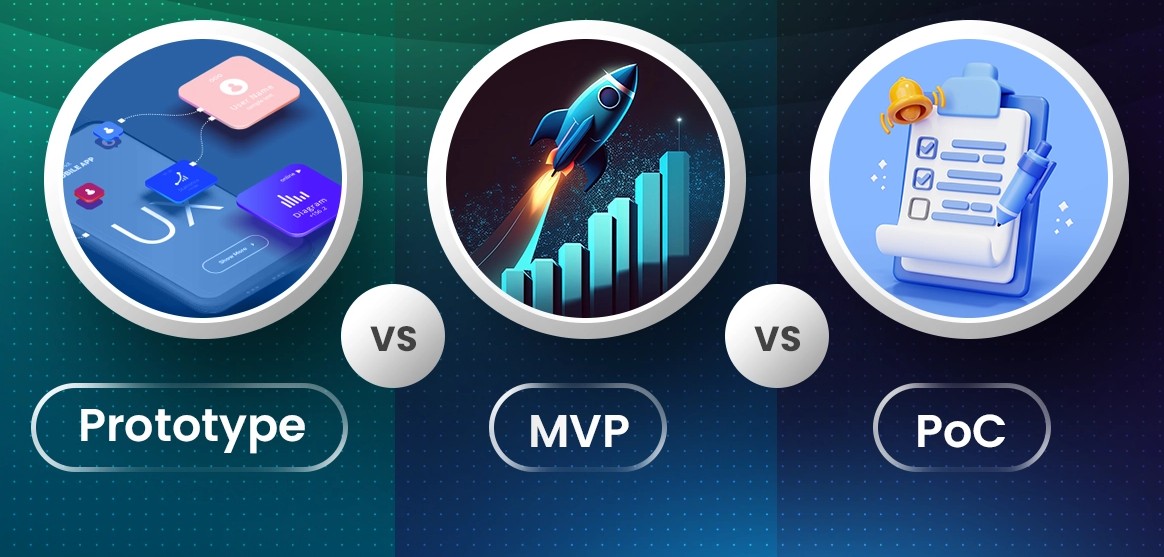The process from original concept to minimal viable product has changed from a straight line to a complex dance of iteration, validation, and refinement in the quick-paced world of product development. Prototyping no longer required months of preparation and a significant financial outlay. The process is now a dynamic, fast-fire evolution that brings ideas to life with previously unheard-of speed and efficiency thanks to today’s sophisticated prototype tools and methodologies.
The state of prototyping today signifies a significant change in the way that goods are imagined and created. Modern methods welcome ambiguity and treat it as a stimulus for invention, in contrast to traditional methods that frequently required full specifications before any actual creation could occur. A new generation of tools and methods has emerged as a result of this paradigm change, allowing teams to go from abstract ideas to testable products in a matter of days as opposed to months.
The intelligent iteration idea is at the core of this change. The goal of modern prototyping is to build just enough to test important hypotheses and collect insightful user input, not to create flawless replicas of finished things. With this method, teams may spot possible problems early in the development cycle and fix them when changes are least expensive and most impactful.
The process of developing new products has become much more accessible thanks to the advancement of prototype technologies. In the fast prototyping process, low-code and no-code platforms have become invaluable partners that allow team members with different backgrounds to make significant contributions to the development process. These platforms enable teams to produce working prototypes without requiring a great deal of technical know-how since they offer advanced capability while remaining accessible.
These days, design systems and component libraries are essential for speeding up the prototype process. These tools enable teams to concentrate on resolving specific issues rather than replicating standard interface components by offering pre-built, adaptable parts that follow accepted design standards. In addition to accelerating development, this standardisation guarantees consistency between iterations and lessens the cognitive load on users during testing.
Rapid iteration has reached new heights thanks to the incorporation of AI and machine learning into prototyping tools. These days, AI-powered design assistants may create several interface iterations, forecast user behaviour trends, and even recommend areas for optimisation based on collected data. Prototyping has changed from being solely a creative endeavour to a data-driven procedure that blends machine intelligence and human understanding as a result of this technical breakthrough.
Working together has become essential to contemporary prototyping techniques. Traditional barriers between designers, developers, and stakeholders have been removed by real-time collaboration technologies, fostering an atmosphere where iterations and ideas can occur naturally. All team members stay in sync throughout the development process because of this smooth communication, which also speeds up decision-making.
As prototyping methods have advanced, user testing has also become more complex and integrated into the development cycle. Teams may now get user feedback from a wide range of demographic groups and geographic regions at a never-before-seen speed thanks to remote testing platforms. Richer insights and the ability to validate assumptions over a larger user base are two benefits of this increased reach, which results in more reliable and more appealing solutions.
With teams now able to collect and examine user behaviour data from the very beginning of development, analytics’ role in prototyping has expanded rapidly. Every iteration benefits from the insightful information provided by heat maps, user flows, and interaction recordings. As teams work towards an MVP, this data-driven approach assists them in making unbiased decisions about which features to prioritise, eliminate, or improve.
Performance optimisation is no longer an afterthought but now a crucial step in the prototyping process. With the help of contemporary tools, teams may track and improve performance indicators right away, guaranteeing that functional and aesthetic aspects are taken into account in addition to technical ones. By taking an integrated strategy, teams may avoid technological debt accumulation and provide MVPs that are both functional and performant.
Additionally, security concerns have developed into a crucial component of the prototyping procedure. Teams are now required to integrate security measures from the very beginning of development due to heightened awareness of privacy issues and regulatory constraints. Teams can produce secure solutions without compromising development speed thanks to the integrated security features and compliance checks included in modern prototype technologies.
In prototyping, the digital and physical worlds are starting to blend together, as teams can test and refine items in immersive settings thanks to augmented and virtual reality capabilities. This feature, which enables teams to verify concepts without the cost of real prototypes, is especially useful for products with substantial physical interactions or spatial components.
There are no indications that the development of prototype methods and instruments will slow down in the near future. While growing automation and intelligence make the process ever more efficient, emerging technologies keep expanding the possibilities of what can be prototyped and tested. The secret to success is not to become an expert in just one tool or technique, but to learn how to choose and mix the best methods depending on the needs of the project and constraints.
Although the process from concept to MVP is still difficult, it is now easier and more effective than ever thanks to contemporary prototype methods and resources. Teams can move through the development process more confidently and nimbly by embracing these additional capabilities while staying focused on user demands and corporate objectives. Better products that better meet consumer expectations and market demands are the end consequence, in addition to quicker development cycles.

Comments are closed.